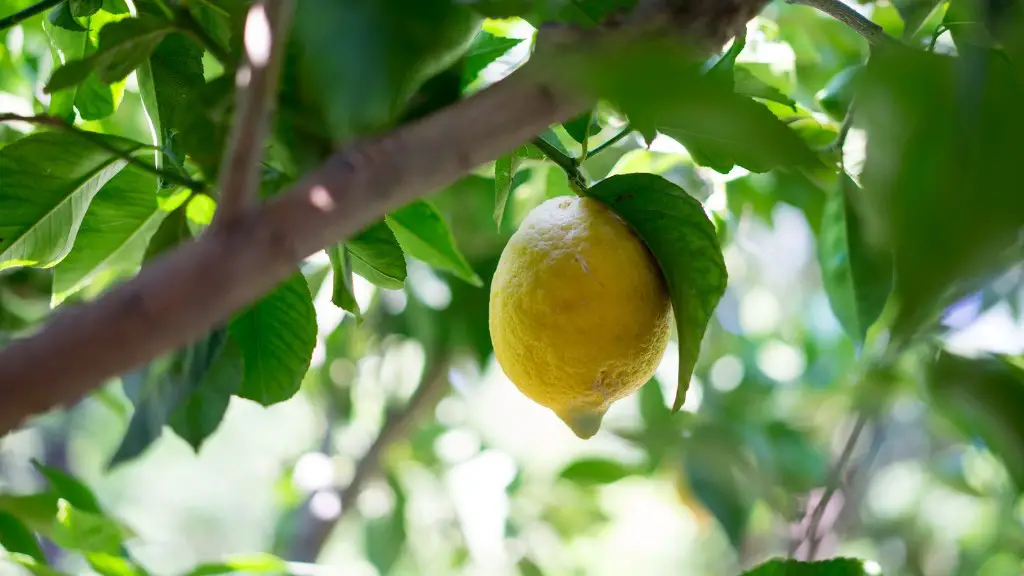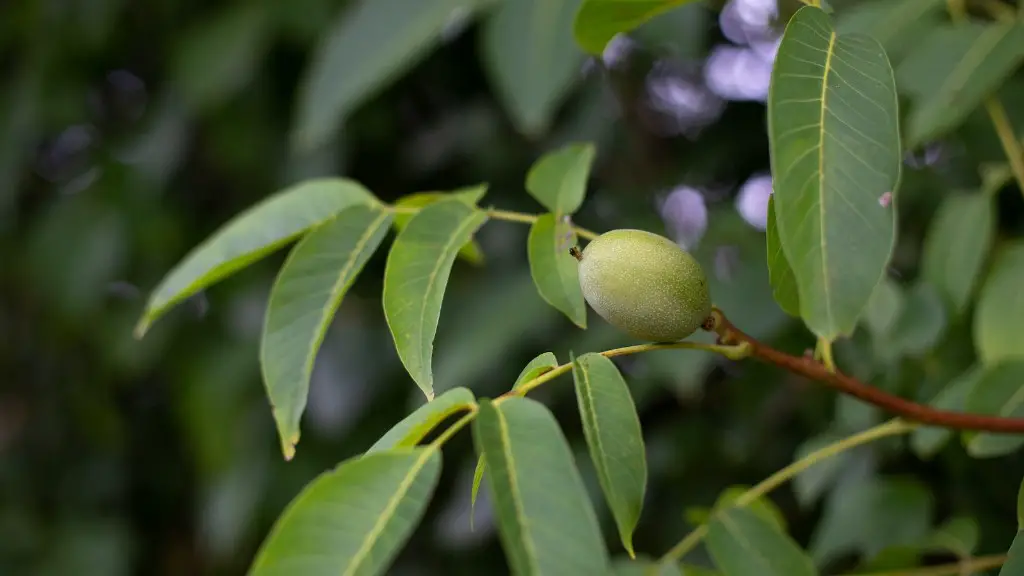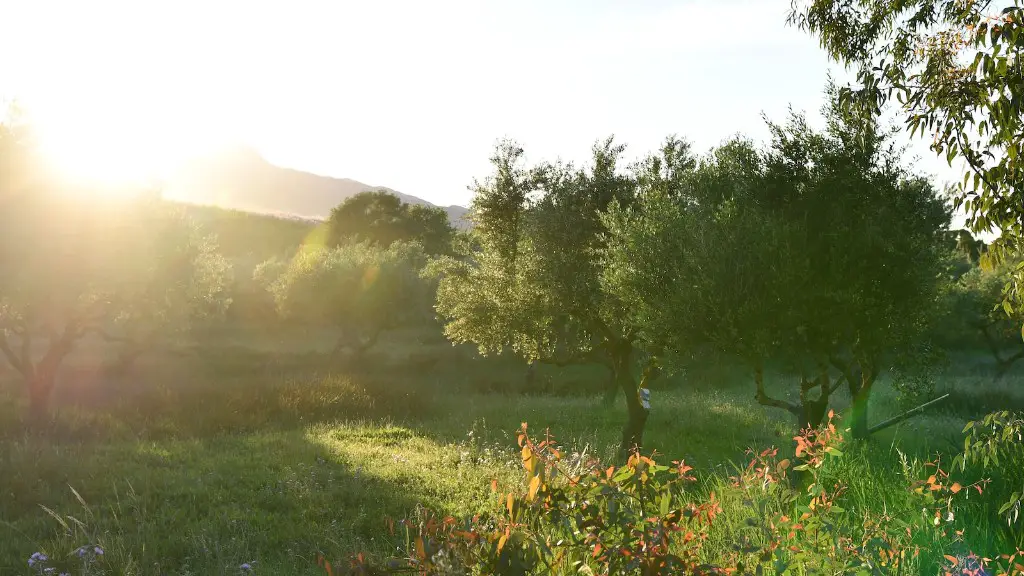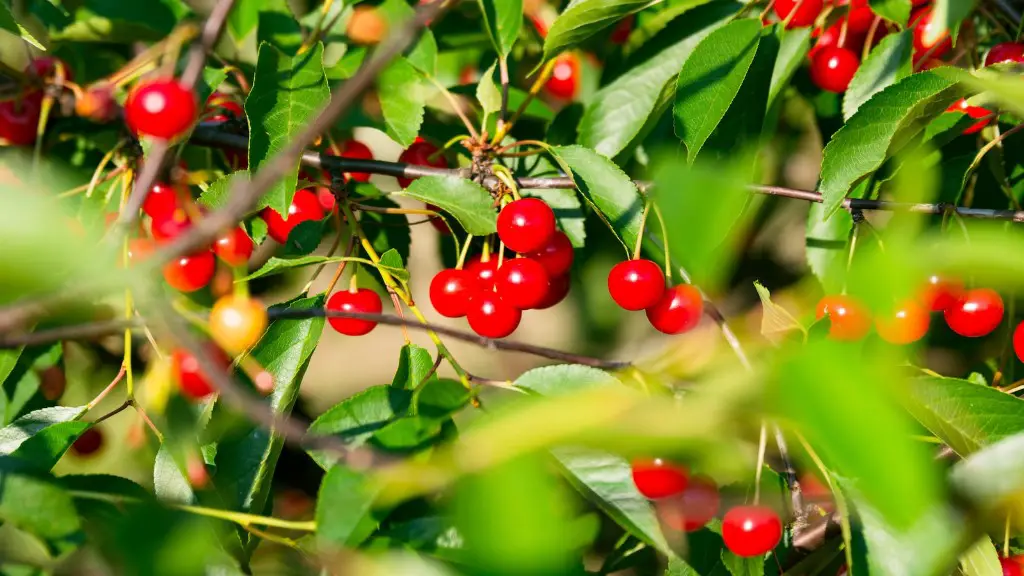Caring for a new lemon tree can be a rewarding experience. Doing the right things now can help ensure that your lemon tree flourishes for years to come. Here are some top tips for successfully caring for a new lemon tree.
Water your tree appropriately. A lemon tree should be watered twice a week during summer, and once every other week during winter. Don’t let the soil dry out. Use a soil moisture meter to help determine when watering is required.
Mulch around the tree. Mulching can help to conserve moisture, suppress weeds and keep the soil cool. Apply a generous layer of mulch around the tree, but avoid mulching close to the trunk or covering the roots.
Prune when necessary. Pruning can help to keep your lemon tree healthy and encourage new growth. Prune away any dead or diseased branches, as well as any branches that cross or rub against each other.
Fertilize your lemon tree. Feed your lemon tree every three months with a balanced, slow release fertilizer. Regular fertilizing can help to promote healthy growth, fruiting and flowering.
Control pests and diseases. Regularly check your lemon tree for any pests or diseases. If you spot any, take action promptly. Use organic methods for pest control and prune away any diseased branches promptly.
Protect from frost. Lemon trees are tender and need to be protected from frost during the winter. If the temperature drops below freezing, cover the tree with a frost blanket to protect it.
Sunlight
A lemon tree needs plenty of sunlight to grow and fruit. Place it in an open, sunny spot in your garden and provide at least 6 hours of direct sunlight each day. If you can’t provide this amount, consider investing in a sun lamp specifically designed for citrus trees.
Your lemon tree also needs protection from extreme wind. Plastic or metal mesh can provide protection and also stop pets or kids from trampling the branches.
If you’re growing your lemon tree in a container, it’s important to select the right pot. A pot with plenty of drainage holes is essential to ensure that excess water can escape and that the soil doesn’t become water-logged.
It’s also important to regularly repot and prune roots. When the lemon tree has grown too large for its current container, repot it in a slightly larger container and trim away any old, dead roots.
Finally, make sure you provide your lemon tree with the correct pH level of soil. The ideal pH for a lemon tree is 6-7. If needed, you can use a soil pH tester to measure the pH level.
Harvesting
When your lemon tree starts to produce lemons, learning how to harvest correctly is important. Pick your lemons from the base of the stem when they feel plump, heavy and fragrant. A fully ripe lemon will also have a yellow tinge to its skin.
Lemons are often picked when immature. To encourage the lemons to ripen, store them in a brown paper bag for one to two weeks before harvesting. The paper bag helps to trap the ethylene gas that the lemons emit which helps them mature.
If you’re not ready to harvest your lemons, you can also pick them once they are partially ripe and allow them to ripen indoors. Be sure not to let them sit on the tree too long or they may become over-ripe.
If you want to store your lemons for later use, you can place them in the fridge. The cold temperatures will slow the ripening process and keep your lemons fresh for several weeks.
Finally, when you harvest your lemons, don’t forget to remove any that show signs of disease or insect infestation. By removing any affected fruits, you can help reduce the spread of pests and diseases within your lemon tree.
Disease Prevention
An important part of successfully caring for a lemon tree is preventing diseases. Monitor your lemon tree regularly for signs of disease or insect infestations. If you spot any, take action immediately.
You can also help to prevent diseases from occurring by ensuring that your lemon tree is in good condition. Provide adequate sunlight, water, nutrients and pruning when necessary. Avoid using a hose or sprinkler as this can spread diseases.
If you’re growing your lemon tree in a pot, be sure to repot and root prune regularly to keep the container and roots healthy. You should also remember to clean your pots and containers regularly to prevent the spread of diseases.
Finally, maintain good air circulation around your lemon tree by avoiding overcrowding and pruning away any dead or diseased branches. This will help to reduce the chances of your lemon tree contracting any diseases.
Pollination
In order to produce lemons, your lemon tree will need to be pollinated. Fortunately, this is rather easy as bees are naturally attracted to the flowers. Planting some bee-friendly plants near your lemon tree can help to attract more bees and aid the pollination process.
You can also help to pollinate your lemon tree manually. Wait for the blooms to open and then use a soft brush to brush against the male and female parts of the flowers. This will aid the process of pollination and help your lemon tree to produce more lemons.
Also remember to regularly check your lemon tree for any signs of pests. Aphids, mites and thrips can affect the pollination process by feeding on the flower buds. If you spot any pests, use organic methods to get rid of them and prevent them from spreading.
Finally, make sure that you harvest your lemons as soon as they are ripe. This will ensure that the tree can put all its energy into producing more flowers, rather than trying to mature existing lemons.
Conclusion
Caring for a new lemon tree can be a rewarding experience, but it’s important to do the right things to keep it healthy and encourage healthy growth. A lemon tree needs adequate sunlight, water, nutrients and protection from frost, pests and diseases. Remember to mulch, prune, fertilize, harvest and pollinate your lemon tree at the right times in order to maximize its potential. With the right care and attention, you can look forward to enjoying your own delicious lemons for many years to come.




